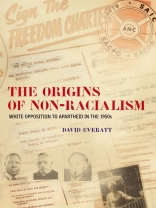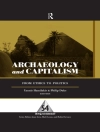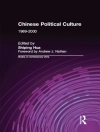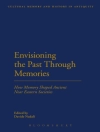After centuries of white domination and decades of increasingly savage repression, freedom came to South Africa far later than elsewhere in the continent – and yet was marked by a commitment to non-racialism. Nelson Mandela’s Cabinet and government were made up of women and men of all races, and many spoke of the birth of a new “Rainbow Nation”. How did this come about? How did an African nationalist liberation movement resisting apartheid – a universally denounced violent expression of white supremacy – open its doors to other races, and whites in particular? And what did non-racialism mean? This is the real “miracle” of South Africa: that at the height of white supremacy and repression, black and white democrats – in their different organisations, coming from vastly different backgrounds and traditions – agreed on one thing: that the future for South Africa would be non-racial.
About the author
David Everatt is the Head of the Wits School of Governance at the University of the Witwatersrand in Johannesburg.












